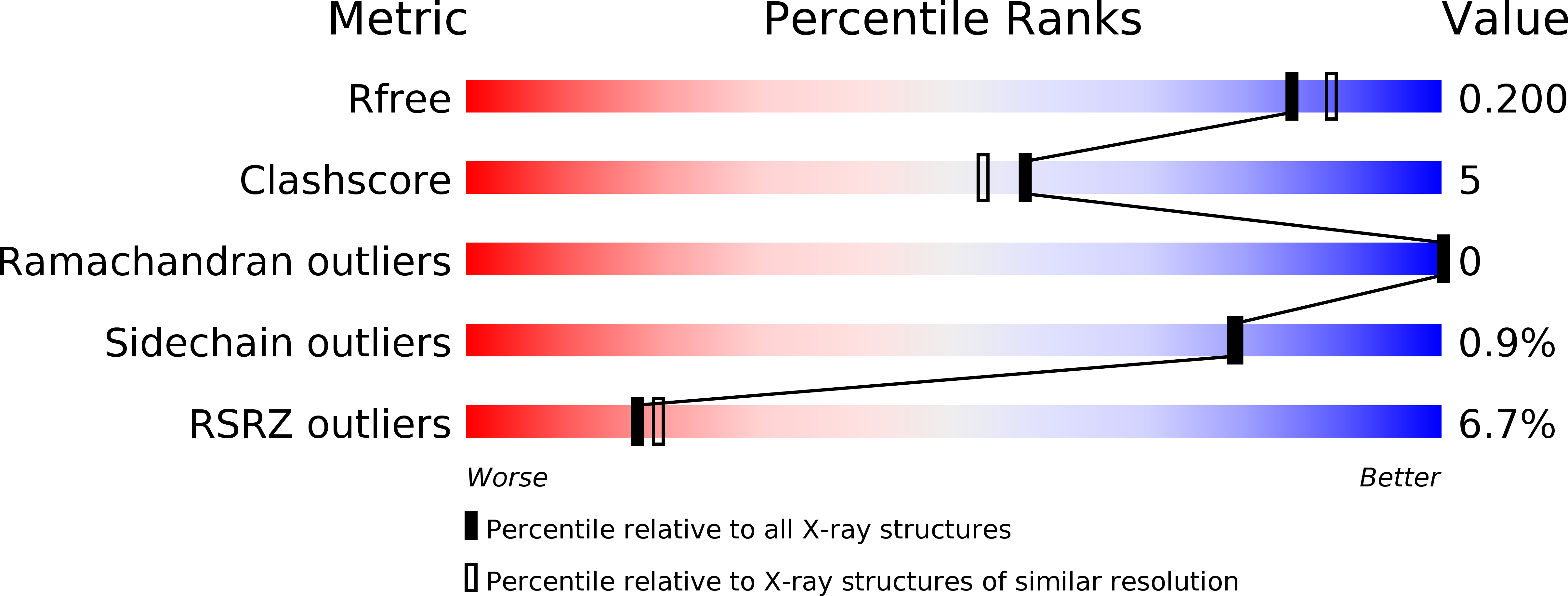
Deposition Date
2009-11-08
Release Date
2010-04-28
Last Version Date
2024-03-20
Entry Detail
PDB ID:
3KLQ
Keywords:
Title:
Crystal Structure of the Minor Pilin FctB from Streptococcus pyogenes 90/306S
Biological Source:
Source Organism:
Streptococcus pyogenes (Taxon ID: 1314)
Host Organism:
Method Details:
Experimental Method:
Resolution:
1.90 Å
R-Value Free:
0.18
R-Value Work:
0.15
R-Value Observed:
0.15
Space Group:
P 65


